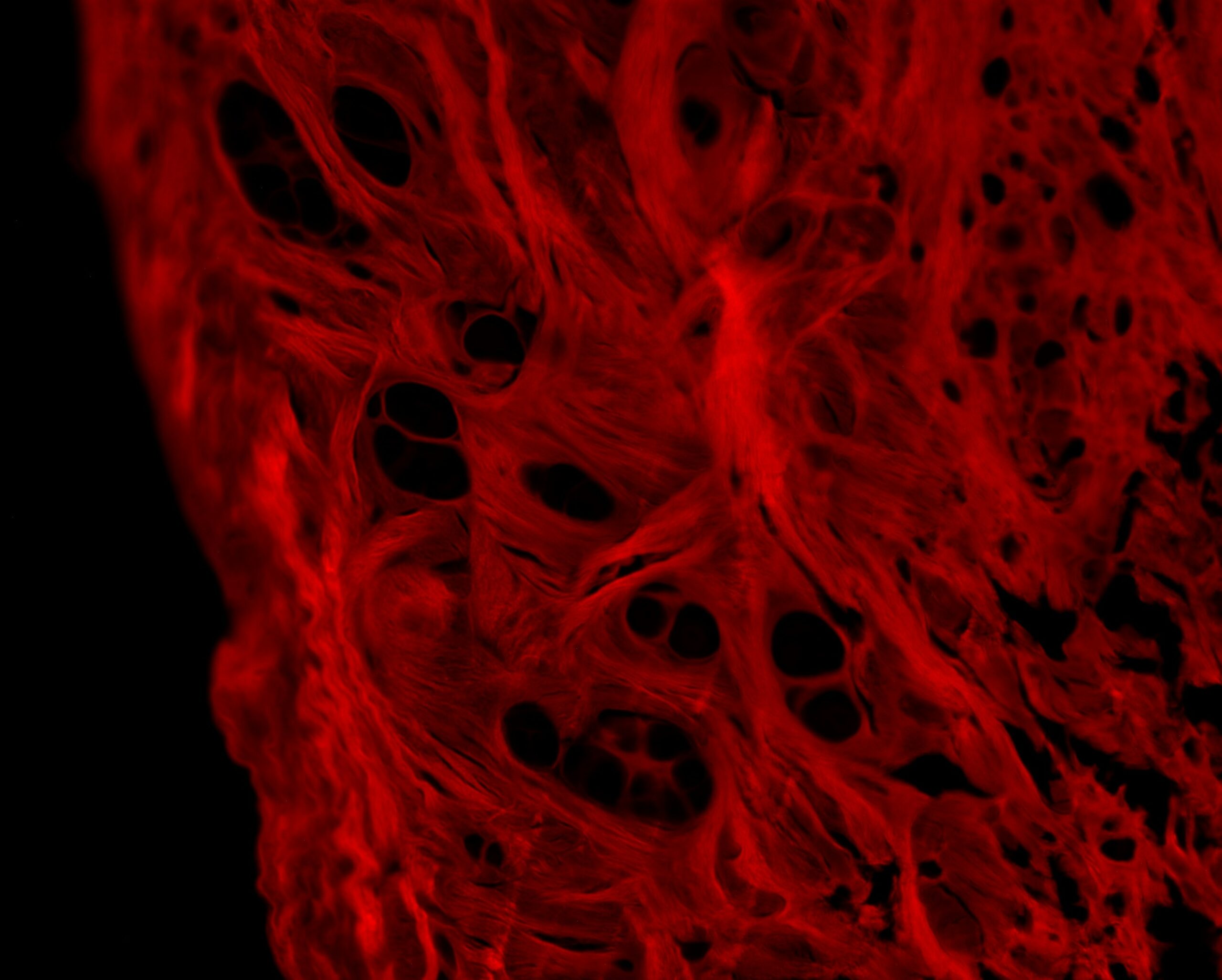Understanding the Basics of Cellular Biology
Cellular biology is a branch of science dedicated to the study of cells, their structures, functions, and interactions. Cells are often referred to as the fundamental building blocks of life, serving as the basic unit of organization in all living organisms. This discipline explores the various types of cells that exist, primarily dividing them into two main categories: prokaryotic and eukaryotic cells. Prokaryotic cells, such as bacteria, are generally simpler in structure, lacking a defined nucleus and membrane-bound organelles. In contrast, eukaryotic cells, found in organisms like plants, animals, and fungi, possess a nucleus and a variety of specialized organelles that carry out distinct functions vital to cellular activity.
Understanding cellular biology requires familiarity with several fundamental concepts, including metabolism, reproduction, and signaling. Metabolism refers to the chemical processes that occur within cells, enabling them to convert nutrients into energy and maintain homeostasis. This process is essential for the cell’s survival and overall functionality. Reproduction encompasses the methods by which cells divide and proliferate, ensuring the continuation of genetic material across generations. Eukaryotic cells often replicate through mitosis or meiosis, whereas prokaryotic cells typically undergo binary fission.
Cellular signaling is another crucial aspect of cellular biology, allowing cells to communicate with each other and respond to their environment. Through signaling pathways, cells can regulate their functions, adapt to changes, and coordinate with surrounding cells. This complex interplay highlights the dynamic nature of cells and their ability to orchestrate biological processes. Overall, understanding the basics of cellular biology sets the groundwork for further exploration into the intricate behaviors of cells and the mechanisms that govern their operations in both health and disease.
Innovative Techniques in Cellular Research
In recent years, the field of cellular biology has witnessed remarkable advancements thanks to innovative techniques that have transformed how researchers study cells. One prominent method is fluorescence microscopy, which uses fluorescent materials to visualize cellular structures and dynamics in real-time. This technique enables scientists to observe live cells with extraordinary detail, thereby providing insights into cellular processes such as protein interactions and cellular signaling pathways. The ability to monitor cells in their native environments contributes significantly to our understanding of cellular behavior and function.
Another revolutionary approach in cellular research is high-throughput sequencing. This technology has considerably increased the capacity for genomic analysis, allowing researchers to quickly sequence DNA from multiple cells or tissues simultaneously. Through this method, scientists can examine gene expression patterns across various conditions and uncover the genetic basis of numerous cellular events. The abundance of data generated by high-throughput sequencing has necessitated advanced bioinformatics tools to analyze and interpret the results, ultimately guiding researchers toward new biological discoveries.
The advent of CRISPR gene-editing technology has also brought about a paradigm shift in cellular biology. CRISPR allows for precise alterations in the genome, enabling scientists to investigate specific gene functions and their roles in cellular processes. By knocking out genes or introducing mutations, researchers can elucidate the mechanisms underlying various diseases and explore potential therapeutic strategies. This powerful tool has fostered collaborative research efforts across disciplines such as molecular biology, genetics, and medicine, underlining the importance of integration in scientific inquiry.
Furthermore, interdisciplinary approaches combining biology, physics, and computational sciences are increasingly vital in cellular research. Techniques such as single-cell RNA sequencing and spatial transcriptomics bridge the gap between disciplines, allowing researchers to gain a more comprehensive understanding of cellular interactions and variability within tissues. The synergistic efforts of these fields are paramount in unraveling the complexities of cellular functions, ultimately paving the way for innovative treatments and interventions in various diseases.
Discoveries Transforming Our Understanding of Cells
Over the past few decades, the field of cellular biology has experienced remarkable breakthroughs that have fundamentally reshaped our comprehension of cells and their functions. One of the most significant advancements has been the exploration of stem cells. These undifferentiated cells hold immense potential, allowing researchers to investigate how they can differentiate into various cell types. This understanding has propelled advancements in regenerative medicine, specifically in developing therapies for conditions such as spinal cord injuries and degenerative diseases.
Another key discovery is the intricate role of cellular communication. Cells utilize a complex network of signals and interactions to maintain homeostasis and respond to changes in their environment. Research into signaling pathways, such as those involving cytokines and hormones, has illuminated how cells communicate with each other to coordinate a variety of functions, from immune responses to metabolic processes. This knowledge is vital for medical research as it opens avenues for targeted drug development and novel therapeutic strategies for chronic diseases.
Furthermore, the burgeoning field of microbiome research has unveiled the profound impact of microbial communities on cellular health. The realization that our bodies host trillions of microbes has led to a new understanding of how these organisms influence immune function, metabolism, and even mental health through their interactions with our cells. This has significant implications for treating conditions ranging from allergies to obesity. The integration of this knowledge into medical practices is transforming treatment modalities and represents a paradigm shift in how we approach healthcare.
In summary, these discoveries not only enhance our understanding of cellular mechanisms but also catalyze progress in medical research and technology. As we continue to unlock the secrets of cellular biology, the potential for innovative therapies and improved health outcomes becomes more tangible, paving the way for the future of medicine.
Future Directions in Cellular Biology Research
The field of cellular biology is poised for significant advancements as emerging trends and technologies shape the research landscape. Among the most promising developments is the integration of artificial intelligence (AI) in cellular research. AI capabilities can enhance data analysis, enabling scientists to process vast amounts of information and identify patterns that were previously undetectable. With AI-driven tools, researchers can optimize experiments, predict cellular behavior, and accelerate discoveries, making it an essential asset in future cellular biology studies.
Another exciting frontier is the quest for synthetic biology. This interdisciplinary approach combines biology with engineering principles to design and construct new biological parts, devices, and systems. By manipulating cellular pathways and creating custom organisms, scientists can explore innovative applications, such as biofuels, pharmaceuticals, and environmental solutions. Understanding the underlying mechanisms and principles of cell biology will be crucial in successfully harnessing synthetic biology for practical use.
Furthermore, ongoing research into cell mechanics—examining how cells interact with their physical environment—holds transformative potential across various domains. Insights gained from this line of inquiry could lead to breakthroughs in fields such as tissue engineering, regenerative medicine, and cancer therapy. By elucidating the mechanical properties of cells, researchers can develop therapeutics that target specific cellular functions, improving treatment efficacy and patient outcomes.
Nonetheless, the trajectory of cellular biology research must consider the accompanying ethical implications. As we unlock the mysteries of life at the cellular level, responsible innovation should guide our exploration. This involves addressing concerns related to bioethics, environmental impact, and social consequences of new technologies. By prioritizing ethical considerations, the scientific community can ensure that advancements in cellular biology benefit society while upholding integrity and responsibility.


